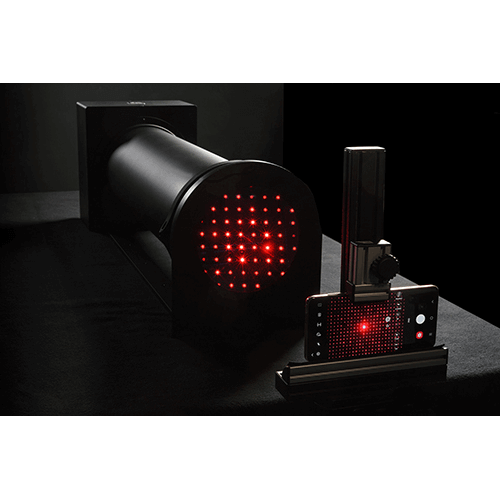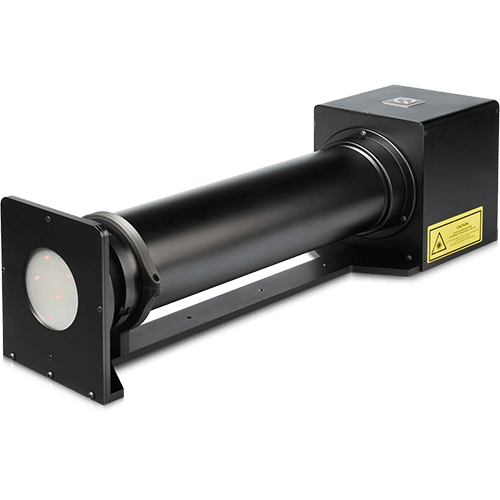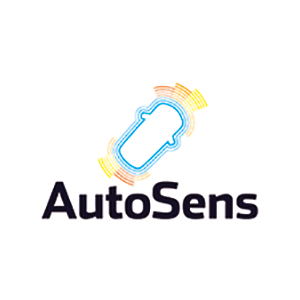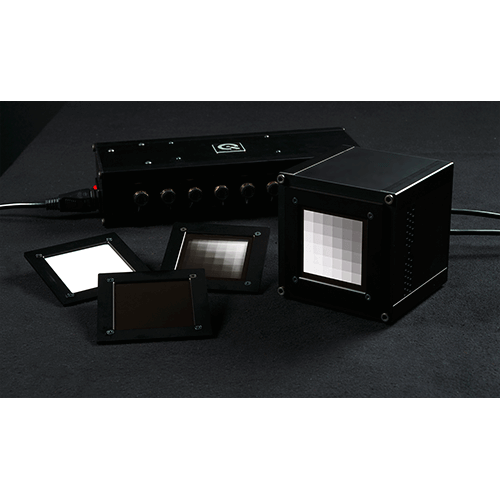Lens distortion removal
Removing distortion using the GEOCAL and OpenCV

Many wide-angle camera systems, such as those in advanced driver assistance systems (ADAS), driver/occupant monitoring systems (DMS/OMS), and augmented/virtual reality (AR/VR) applications, experience lens distortion interferences.
As a result, lens distortion must be measured and removed to ensure these applications have a clear vision of what they are seeing so that they or the human operator can make proper adjustments.
GEOCAL offers a modern and compact device for measuring and evaluating lens distortion. Utilizing these measurements in OpenCV will allow you to remove distortion from the captured images.
Follow the link below to learn more about GEOCAL and OpenCV.
GEOCAL
An ideal solution for measuring lens geometric distortion

GEOCAL is a compact solution that maps distortion using a beam-expanded laser combined with a diffractive optical element (DOE). This solution eliminates the need for extensive floor space, external light sources, relay lenses, etc., while still providing the ability to measure all lens distortion's intrinsic and extrinsic parameters.
The GEOCAL creates a dense point grid originating from infinity, which the DUT then captures. As the geometry of the projected point grid is known, the lens distortion in the captured grid image can be analyzed using specially designed GEOCAL software.
AutoSens - Detroit 2023
Join us in Detroit from May 9-11 at AutoSens

We look forward to participating in one of our favorite events of the year. We will showcase the latest innovations in ADAS image quality testing and evaluation. Stop by our booth and check out a few of our latest testing devices, including GEOCAL, for distortion measurements and geometric camera calibration. We will also present Vega, an advanced light source for testing ADAS applications with very short exposure times. We look forward to seeing you there.
Vega - high intensity illumination
A versatile DC-driven lighting system with high-intensity and flicker

Vega is a modern and versatile light source that uses DC technology to create a high-stability device with flicker modes. DC technology benefits all camera testing, including tests with very short exposure times, e.g., automotive-grade cameras.
- High dynamic range testing
- Very short exposure time testing
- Extremely stable
- Various flicker modes
This device is perfect for those looking for a much more accurate solution for high-intensity measurements, such as contrast detection probability (CDP), modulated mitigation probability (MMP or flicker), noise, and tone curve measurement.
Time-of-Flight characterization
ToF camera characterization in a test lab

Time-of-flight (ToF) camera technology refers to the ability of the camera and sensor system to accurately determine object distances in the field-of-view (FoV) and 3D map the scene. These camera systems are regularly implemented into ADAS applications for depth mapping a scene. As with other camera systems, ToF systems must be calibrated and characterized to ensure high performance and safety.
At Image Engineering, we use the principles of ToF technology to develop advanced test targets and test stands for ToF characterization in a controlled test lab environment. We work closely with our customers to create a solution that meets their requirements. Contact our sales team for details.

